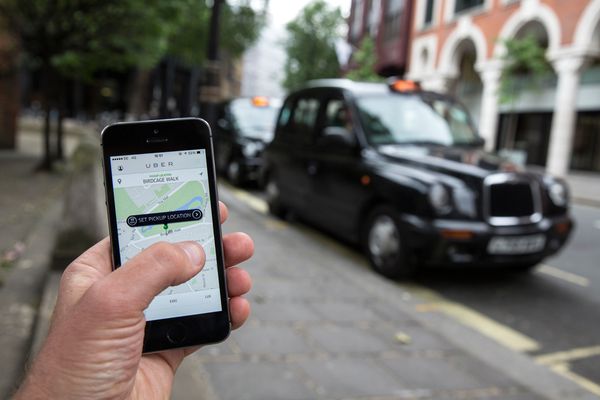
You arrive in a city you've never been to. You hail a cab and, upon reaching your destination and hearing how much you owe the driver, wonder if you're paying more than you should. Has this ever happened to you?
Researchers at the University of Cologne and University of Innsbruck have discovered that if you suspect you're paying more for a taxi ride than local residents, you're probably right. Their study "Second-Degree Moral Hazard in a Real-World Credence Goods Market" was published in the February 2017 issue of The Economic Journal, and found that taxi drivers are more apt to charge a higher fare if they know a passenger is from out of town — and even more so if that passenger is being reimbursed for the cost.
Advertisement
In an economic context, first-degree moral hazard refers to a buyer paying too little attention to prices because they're being paid by someone else, like an insurance company or employer. The second-degree moral hazard the study examined refers to how providers behave when they are aware of a buyer's lack of knowledge, exploiting the reimbursement.
To gather data for the study, the researchers asked their assistants — two males and two females — to take 400 taxi rides in Athens, Greece. Each of the passengers started the ride by saying, "I would like to go to," then naming a location, and then saying, "Do you know where that is? I'm not from Athens." In half of the rides they also added, "Can I have a receipt at the end? My employer will reimburse me," and half they didn't mention getting reimbursed.
A full 28 percent of the 400 rides resulted in a fare about 7 percent higher than it should have been — and, sorry ladies, the female assistants were nearly always overcharged, when compared to the male assistants. One thing that surprised the researchers, though, was that the cab drivers didn't take the passengers on roundabout detours to drive up the fare. Instead, the drivers added to the length by manipulating the taxi meter or charging a higher nighttime fare during the daytime. Additionally, almost 77 percent of the drivers asked the riders to pay extra fares that were completely fabricated: special fares to enter the airport or seaport, for instance.
This isn't the only recent study that has taken a closer look at taxi service. A University of California, Berkeley study published in the Proceedings of the National Academy of Sciences in March 2017 found that your safety may depend on the color of the taxi you hail. After analyzing millions of detailed reports on taxis, drivers and accident information over a three-year time frame, researchers discovered yellow taxis were involved in 9 percent fewer accidents than blue ones — because the yellow taxis were easier to spot.
"This finding can play a significant role when choosing colors for public transportation, and may save lives as well as millions of dollars," author Teck-Hua Ho, a professor at the National University of Singapore, wrote in the study.
Like the driver overcharging study, the yellow taxi study was conducted in a specific region — in this case, Singapore — and has not yet been tested in other countries. Perhaps it's time we usher in that robotic-taxi-driver future a little faster.
Advertisement

